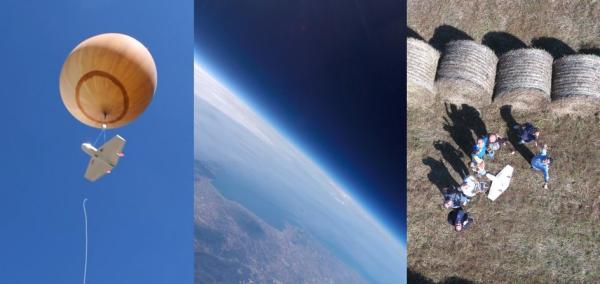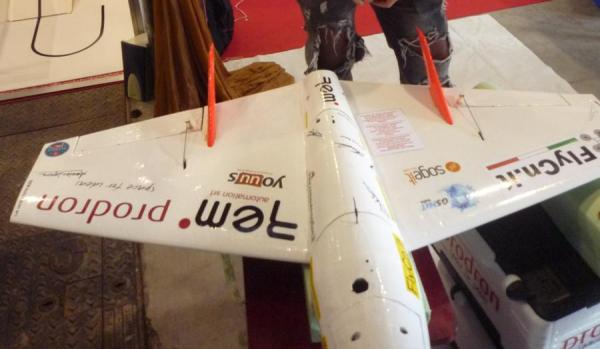What happened to Helios RTH?
In memory (I hope not) of a great open hardware project for stratospheric research.
Exactly three years ago, while working in the Digital DIY project (DiDIY), I met some students and teachers working on something they called Helios RTH (“Helios Returns To Home”): their goal was sending balloons and their related payload in the stratosphere:

Each new iteration of Helios RTH drones was entirely designed and built, both in hardware integration and in SW development, in close cooperation among teachers, learners, and field specialist from various disciplines.
The HeliosRTH team had also found an interesting answer to this question:
“How can we avoid wasting time and gasoline to retrieve the payload?"
They had arrived, in fact, at a stage in which they only knew the exact point from where the probes were launched, but, because of the winds aloft, could not know exactly where the probes would land. Software that takes into account various weather situations can only make an estimate of the re-entry area.
They solved this problem using Arduino, an open-source electronics platform, together with several expandable boards and sensors. All this instrumentation was assembled under a custom designed, tailless drone:

The main features of Helios RTH
- Capsules with payloads able to return to the launch point in a completely autonomous mode.
- Flying time up to 6 hours thanks to an optimized hardware and software management.
- Emergency landing by parachute in case of hardware or software malfunction.
- Automatic release system programmable capsule before launch.
What happened to Helios RTH?
Back then, the Helios RTH team said they would release documentation, videos and, eventually, even a book with “educational experiments to replicate most of the system”.
However, after that DiDIY post the only public news about Helios RTH is about one launch in Avezzano, in the summer of 2017. The original website is down, and no other mention is available. That is a pity, because it was a really interesting project. I will try to contact the participants for a follow-up to this post.
Who writes this, why, and how to help
I am Marco Fioretti, tech writer and aspiring polymath doing human-digital research and popularization.
I do it because YOUR civil rights and the quality of YOUR life depend every year more on how software is used AROUND you.
To this end, I have already shared more than a million words on this blog, without any paywall or user tracking, and am sharing the next million through a newsletter, also without any paywall.
The more direct support I get, the more I can continue to inform for free parents, teachers, decision makers, and everybody else who should know more stuff like this. You can support me with paid subscriptions to my newsletter, donations via PayPal (mfioretti@nexaima.net) or LiberaPay, or in any of the other ways listed here.THANKS for your support!